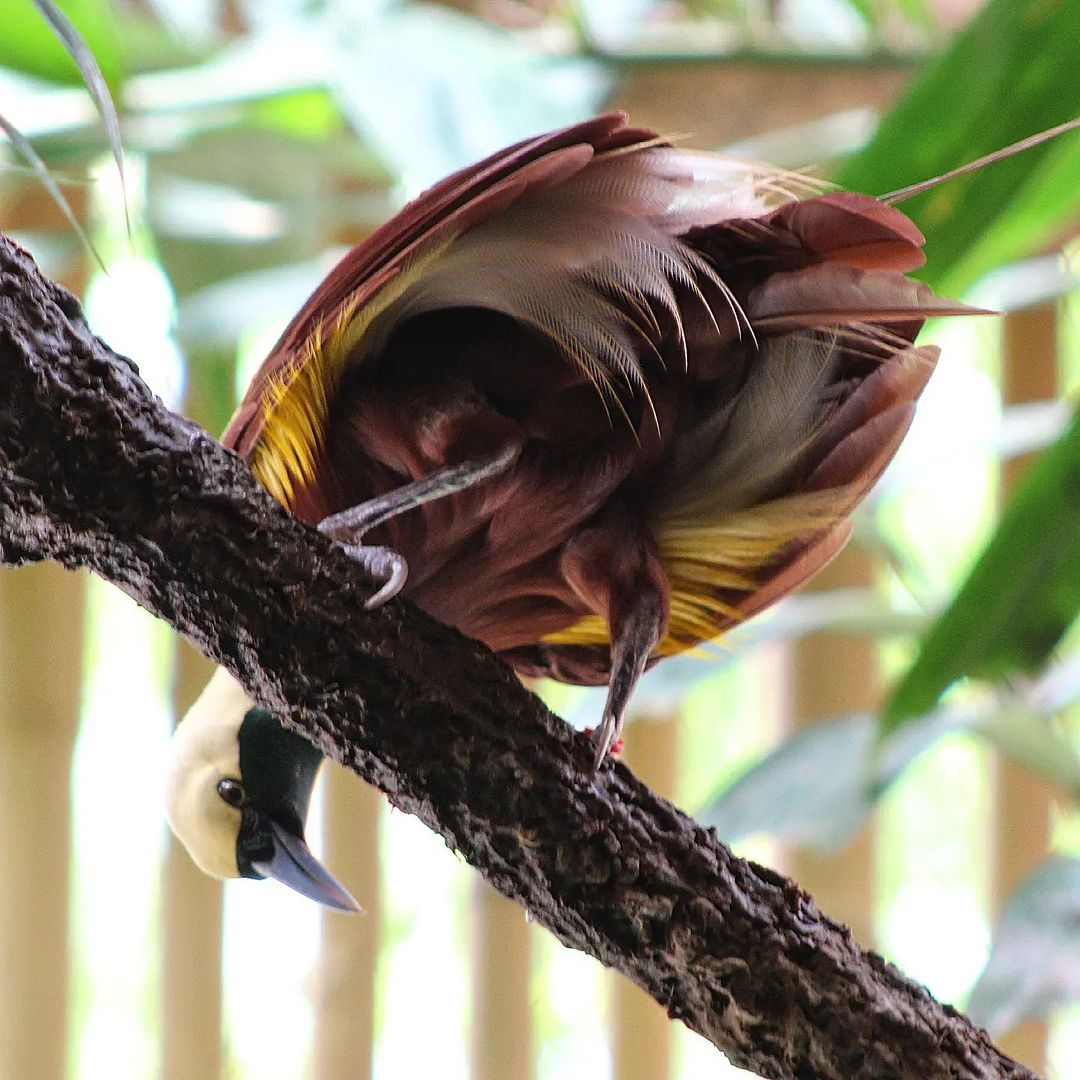Greetings, fellow bird enthusiasts! Today, we’re venturing into the lush, tropical rainforests of New Guinea to uncover the captivating world of a truly extraordinary creature: the Lesser Bird of Paradise. With its dazzling plumage and spellbinding dance moves, this bird has captured the hearts and imaginations of countless nature lovers. So, put on your explorer’s hat and let’s take a soaring leap into the enchanting world of this feathered marvel.
A Spectacular Sight
The Lesser Bird of Paradise, or Paradisaea minor, is a true sight to behold. Males of this species sport a vibrant mix of golden, green, and blue feathers, while females boast a more subtle but equally beautiful brownish coloration. The male’s most striking feature, however, is its lengthy, ribbon-like tail feathers, which can be more than twice the length of its body. These fancy plumes play a crucial role in the bird’s fascinating mating rituals, which we’ll delve into shortly.
Dancing for Love
When it’s time to woo a potential mate, male Lesser Birds of Paradise go all out, putting on an impressive display of acrobatics and vocal prowess. They gather in groups called leks and perform elaborate dances, showcasing their brilliant plumage while singing and calling to attract nearby females. They’ll even hang upside down from branches, flaring their feathers and vibrating their tails, all in the hopes of winning the affection of a discerning female. It’s a mesmerizing spectacle that could easily rival the most extravagant Broadway show!
Life in the Treetops
The Lesser Bird of Paradise is a highly arboreal species, meaning it spends most of its life high up in the rainforest canopy. These agile birds are perfectly adapted to their treetop habitat, with strong legs and feet for gripping branches and a powerful beak for feasting on their favorite foods, including fruit and insects. They’re also known for their energetic flight patterns, often zooming through the air with rapid, swooping motions that leave onlookers in awe.
Conservation and the Role of Zoos
While the Lesser Bird of Paradise is not currently considered endangered, it faces several threats, including habitat loss due to deforestation and the illegal pet trade. Conservation efforts are underway to protect this magnificent bird and its environment, with zoos playing a vital role in raising awareness and supporting research and breeding programs. So, if you have the chance to visit a zoo that houses these spectacular birds, take a moment to appreciate their beauty and learn more about the efforts being made to preserve their future.
As our journey into the world of the Lesser Bird of Paradise draws to a close, I hope you’ve gained a newfound appreciation for this remarkable creature. The enchanting dance of the male Lesser Bird of Paradise serves as a reminder of the countless wonders hidden within our planet’s diverse ecosystems. Let’s continue to celebrate and protect these fascinating birds, ensuring that their captivating performances can be admired for generations to come.


